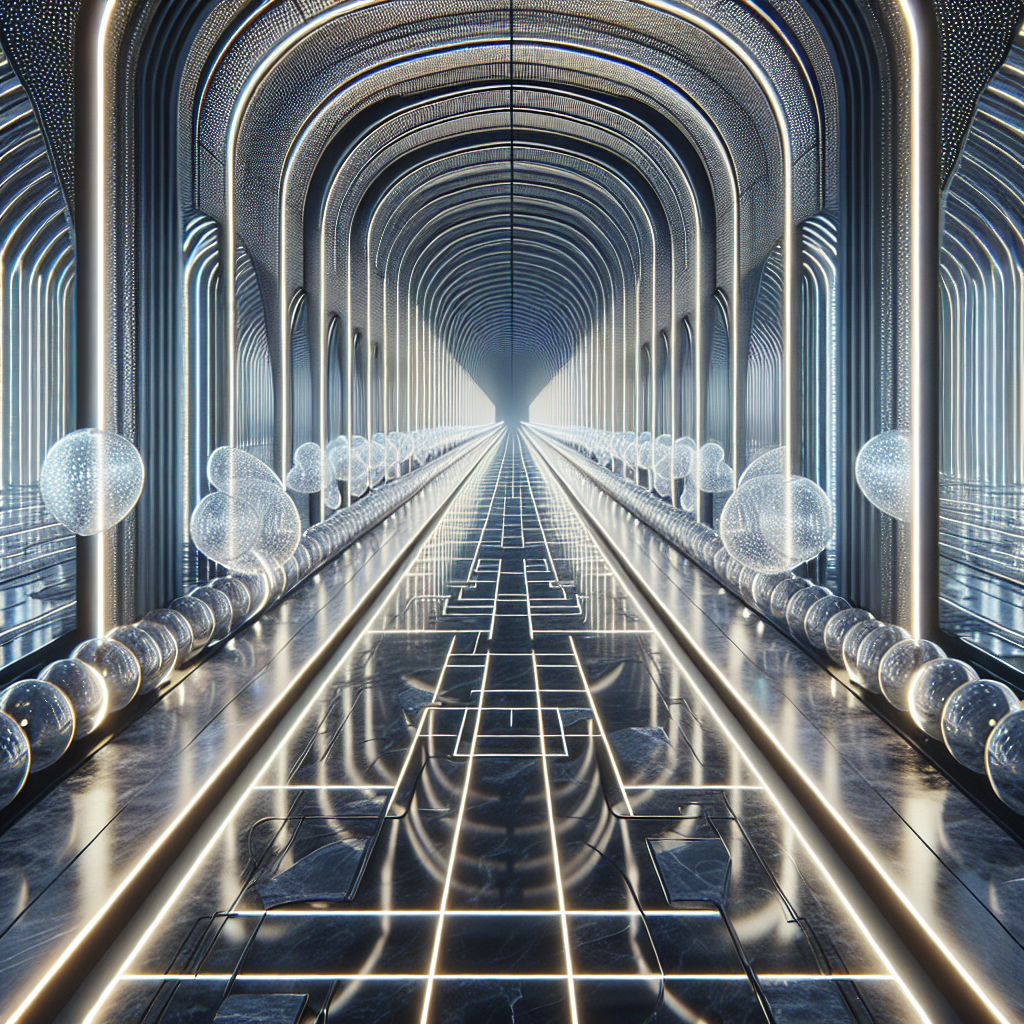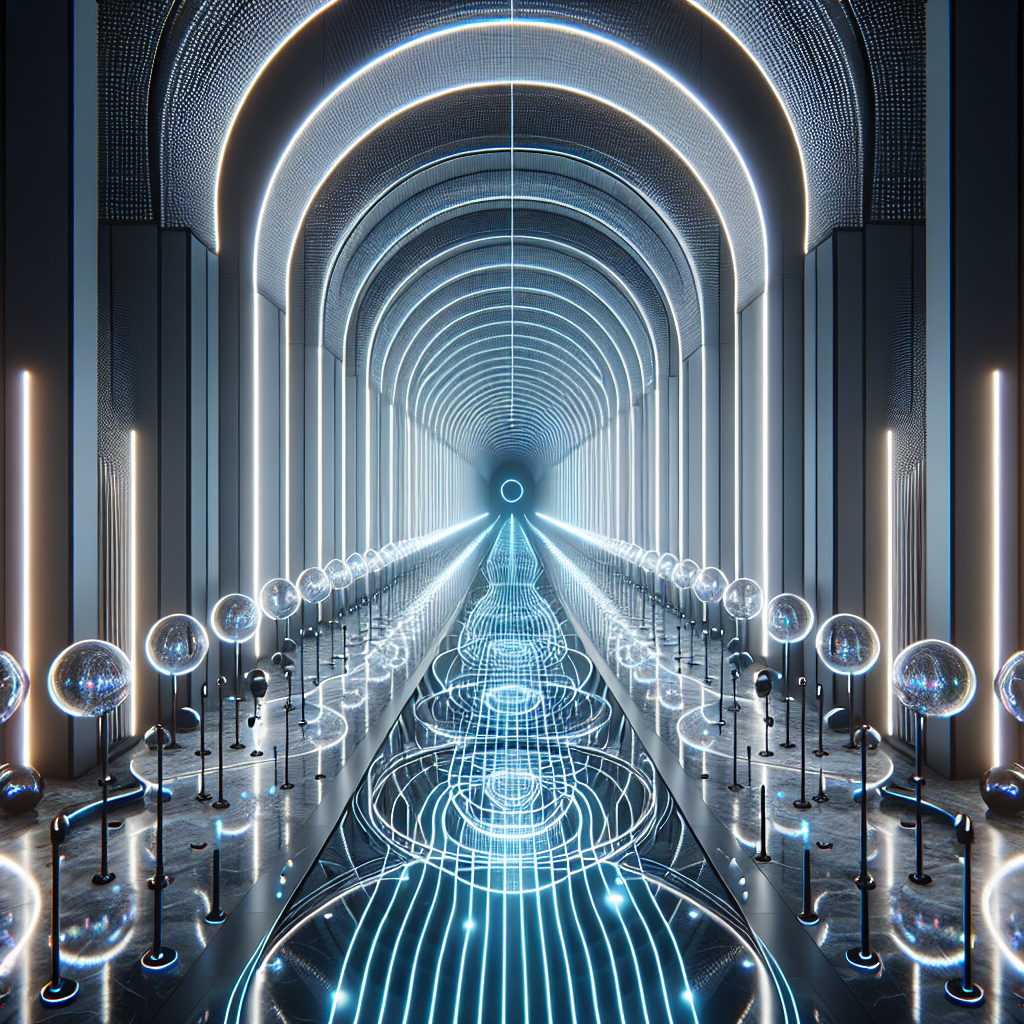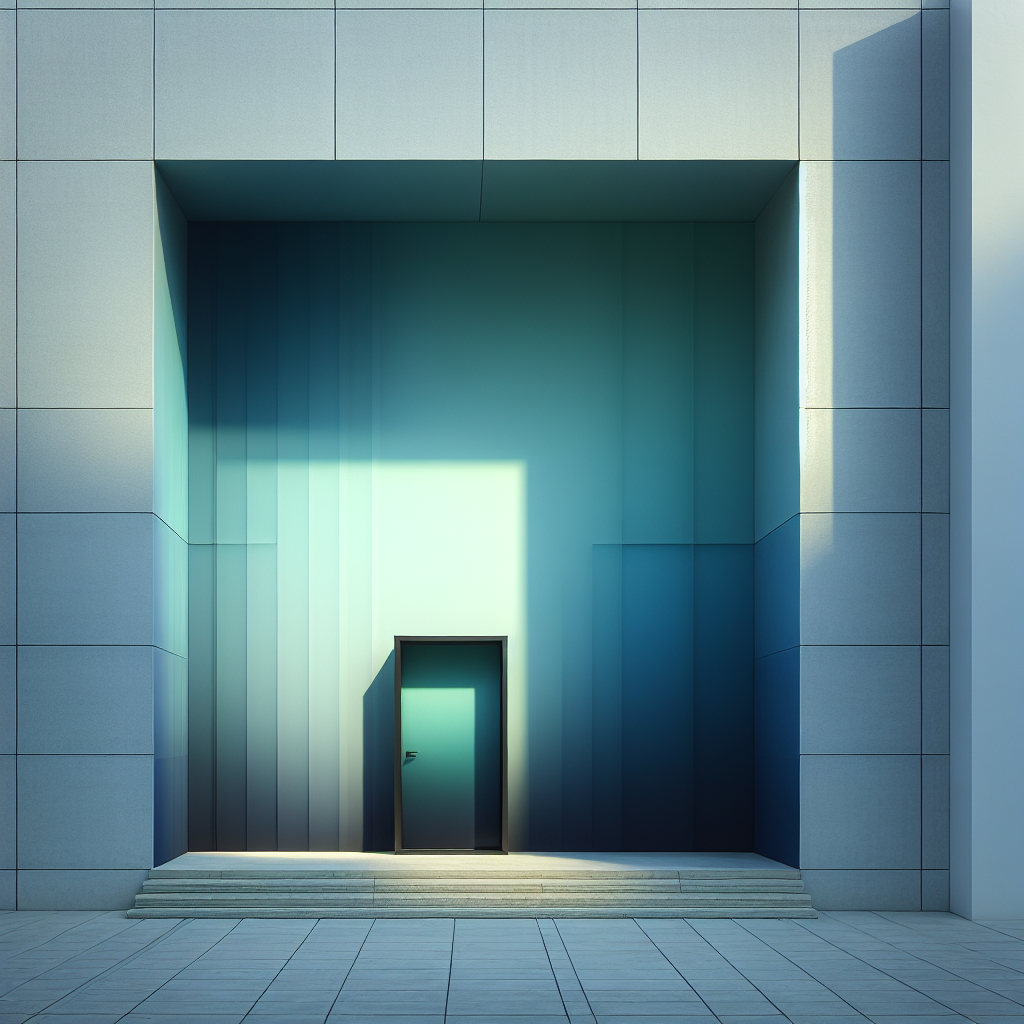Sonic bubble: corridors mesmerizing repetition

Sonic Bubble: Corridors Mesmerizing Repetition is not just a poetic phrase—it is a design paradigm that merges architecture, acoustics, and psychology into a singular immersive experience. For architects and designers, the corridor has long been a utilitarian space, a connective tissue between rooms. Yet in contemporary practice, corridors are being reimagined as sonic bubbles: rhythmic, resonant, and visually hypnotic environments where repetition in form and sound reshapes perception. This article explores how the interplay of acoustics, geometry, and light transforms corridors into mesmerizing sequences, drawing on case studies, emerging technologies, and cultural precedents that reveal their potential as both functional and experiential design elements.
The Corridor as a Sonic Landscape
Historically, corridors were designed with efficiency in mind—linear, narrow, and acoustically neutral. Yet recent architectural experimentation has shifted focus toward sonic architecture, where the built environment is conceived as a resonant body. In this context, corridors become sound chambers, amplifying footsteps, whispers, or even programmed ambient tones. The repetition of structural elements—arches, panels, lighting fixtures—creates rhythmic echoes that envelop the visitor in a sonic bubble.
Architectural theorists have long recognized the corridor as a psychological device. Michel Foucault’s writings on panopticism highlight the corridor’s role in surveillance and control, while phenomenologists such as Juhani Pallasmaa emphasize its sensory qualities. Today, designers are reclaiming corridors as spaces of wonder, where repetition is not oppressive but meditative.
Mesmerizing Repetition: Geometry Meets Acoustics
Repetition in architecture is not merely visual—it is multisensory. Corridors lined with equidistant columns, mirrored panels, or modular lighting create an optical rhythm that is mirrored by acoustic patterns. When sound waves bounce across identical surfaces, they produce harmonic reverberations that reinforce the visual cadence. This dual repetition—visual and sonic—creates a mesmerizing corridor effect, where the user feels suspended in a rhythmic continuum.
One striking example is the fractal-inspired corridor installations in progressive museums, where layered geometries generate shifting soundscapes as visitors move through them. The corridor becomes less a passageway and more a performance space, where the act of walking is choreographed by architecture itself.
Case Studies: Corridors as Sonic Bubbles
1. Olafur Eliasson’s “Your Sound Galaxy” – Though not a corridor in the traditional sense, Eliasson’s installation demonstrates how repetition of suspended spheres creates both visual rhythm and resonant sound. Applied to corridor design, such strategies transform transitional spaces into cosmic soundscapes.
2. The Labyrinthine Museum Corridors of Mexico City – Certain contemporary museums employ twisting corridors with perforated walls that allow filtered light and controlled sound. The repetition of geometric perforations creates a subtle acoustic shimmer, a sonic bubble that shifts with each step.
3. Sonic Bubble Installations – As explored in experimental sound-based installations, translucent spheres embedded with sensors generate ambient tones in response to movement. When integrated into corridor design, these elements produce a living, responsive architecture that blurs the line between structure and instrument.
Psychological Impact of Repetition
Repetition has a profound effect on human psychology. In architecture, it can induce calm, focus, or even transcendence. The corridor’s repetitive elements—arches, doorways, tiles—create a meditative rhythm akin to chanting or musical repetition. Neuroscientific studies on pattern recognition suggest that humans derive comfort from predictable sequences, while subtle variations keep the experience engaging.
This explains why corridors designed with rhythmic lighting or fractal geometries can feel both grounding and mesmerizing. They generate a sense of continuity, a spatial mantra that guides the body forward. In high-stress environments such as hospitals or airports, this repetition can reduce anxiety, offering a psychological buffer zone between destinations.
Corridors as Instruments of Innovation
Designers are increasingly experimenting with corridors as acoustic instruments. Parametric modeling allows architects to tune walls, ceilings, and floors to specific frequencies, creating corridors that hum, resonate, or whisper. These innovations align with broader trends in sonic architecture, where sound is treated as a material as tangible as wood or stone.
For instance, kinetic panels embedded in corridor walls can shift to alter acoustics in real time, creating adaptive sonic environments. This resonates with broader movements in responsive architecture, where buildings evolve dynamically with their occupants.
Materiality and Light in Sonic Corridors
Material choices are critical in shaping the sonic bubble effect. Hard surfaces such as polished concrete or marble amplify echoes, while softer materials like felt or acoustic foam absorb and diffuse sound. Designers often layer these materials strategically, creating corridors that oscillate between resonance and silence.
Lighting further enhances repetition. Linear LED strips running along ceilings or floors create a visual metronome, guiding movement while reinforcing rhythm. In projects such as the “Neon Corridor” installations, ultra-thin LED lines trace architectural edges, producing a futuristic interplay of light and sound that immerses the visitor in a sensory continuum.
Future Directions: From Utility to Experience
The reimagining of corridors as sonic bubbles reflects a broader shift in architecture: from utility-driven design to experience-driven design. Corridors are no longer neutral voids but active participants in shaping human perception. As cities densify and buildings grow more complex, these transitional spaces offer opportunities for moments of reflection, immersion, and even delight.
In sustainable design, corridors can also serve as passive acoustic regulators, reducing noise pollution in dense urban environments. This aligns with emerging trends in biophilic design, where sensory engagement is leveraged to enhance well-being. By integrating natural sounds—water trickles, bird calls—into corridor acoustics, designers can create restorative sonic bubbles within otherwise sterile environments.
Conclusion: Walking Through Resonance
The corridor, once dismissed as a mere passage, is being reborn as a mesmerizing instrument of repetition. Through the careful orchestration of sound, geometry, and light, architects are transforming these liminal spaces into sonic bubbles that captivate the senses and alter perception. For the design community, this shift represents more than an aesthetic trend—it is a philosophical rethinking of how architecture can choreograph human experience.
As repetition continues to mesmerize, corridors remind us that even the most overlooked spaces can become sites of profound engagement. They are no longer just connectors; they are resonant journeys in themselves.








